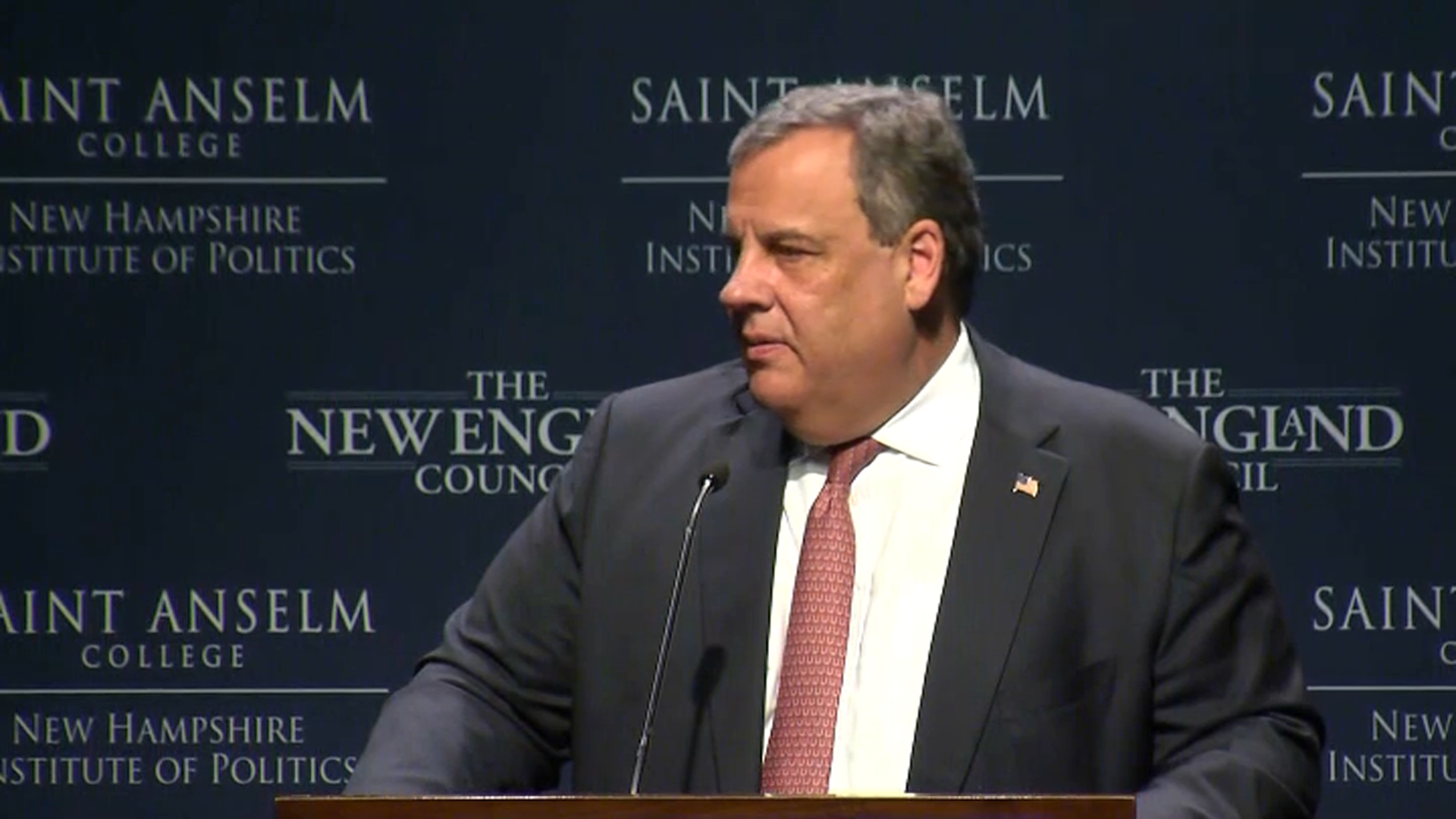
Republican Gov. Chris Sununu sent lawmakers his preferred redistricting plan Tuesday, days after rejecting the congressional map they approved.
Both the House and Senate passed a plan that would tilt the 1st Congressional District toward Republicans while solidifying the Democrats’ advantage in the 2nd District. But Republicans hold only a narrow majority in the Legislature, and neither body approved the plan with enough votes to overcome Sununu’s promised veto.
WATCH ANYTIME FOR FREE
>Stream NBC10 Boston news for free, 24/7, wherever you are. |
Under the current map, the 1st District covers the eastern part of the state and some of the south, including Manchester. The 2nd District covers the western, northern and some southern communities, including Nashua.
With the latest U.S. Census figures showing the 1st District with about 18,000 more residents than the 2nd, Democrats proposed making just one change: moving the town of Hampstead from the 1st District to the 2nd. But the plan approved by Republicans would create a 1st District that climbs up from the southeast corner through the middle of the state, with the 2nd District reaching up and around it.
Get updates on what's happening in Boston to your inbox. Sign up for our >News Headlines newsletter.
More New Hampshire news
Republican strongholds in southern New Hampshire including Salem, Hudson, Windham and Atkinson would move into the 1st District, while Seacoast communities including Portsmouth, Rochester, Dover and Durham and surrounding towns would shift to the 2nd.
Under Sununu’s proposal, Windham, Salem and Atkinson would shift to the 1st District, but the Seacoast communities wouldn’t switch. Hooksett would move from the 1st District to the 2nd, as would a cluster of towns from Campton stretching east to Conway and north to Jackson.
“This is certainly not the only solution, but hopefully will be helpful,” Sununu wrote to legislative leaders. “It keeps our districts competitive, passes the smell test, and holds our incumbents accountable so that no one elected official is immune from challengers or constituent services.”
Though Democrats hold both of the state’s U.S. House seats, the 1st District seat flipped five times in seven election cycles before Democrat Chris Pappas won his first term in 2018.




